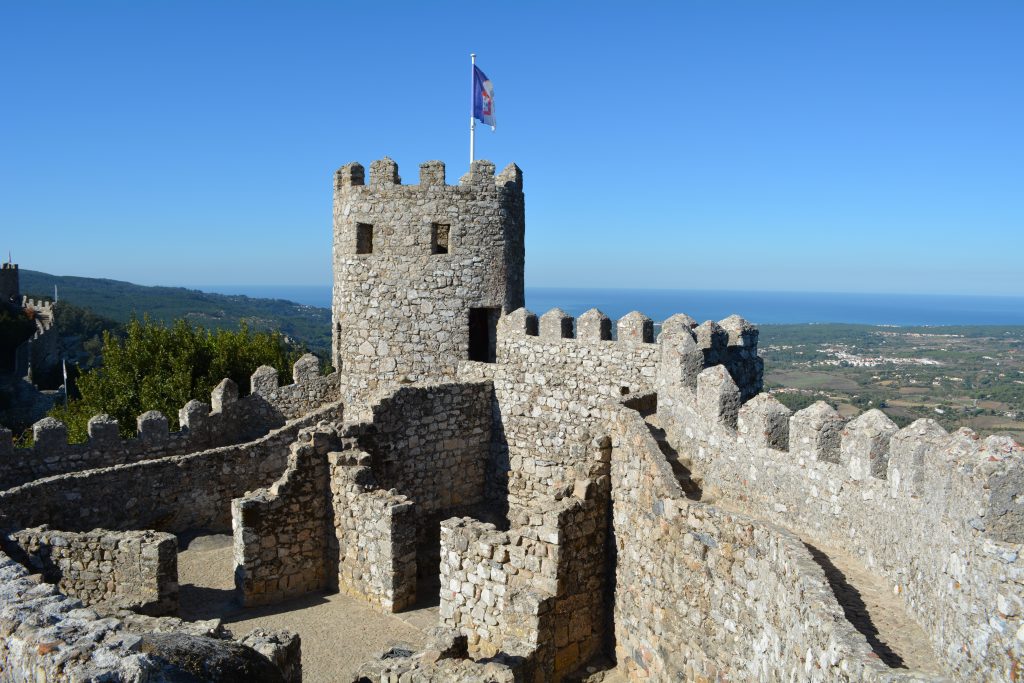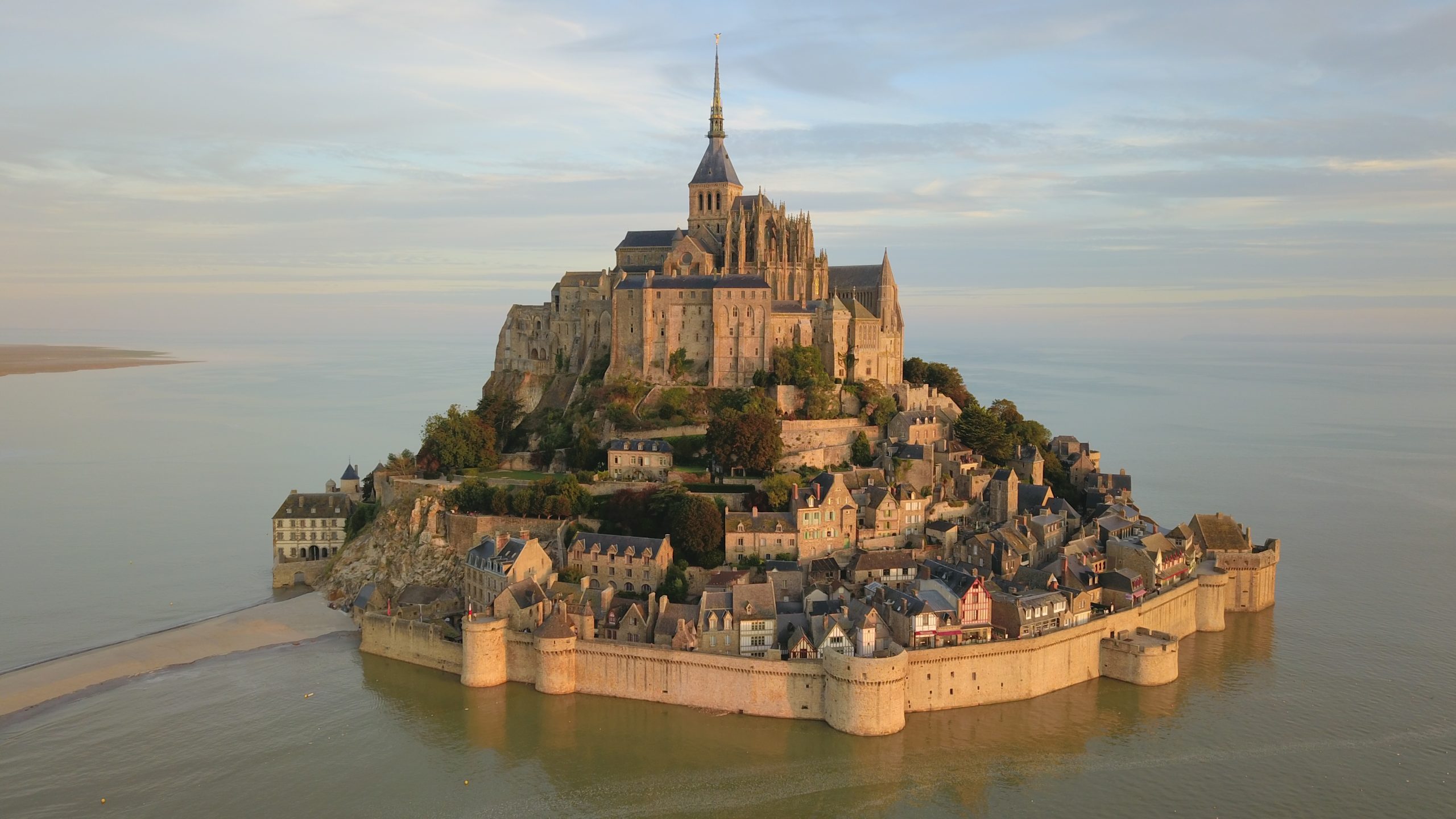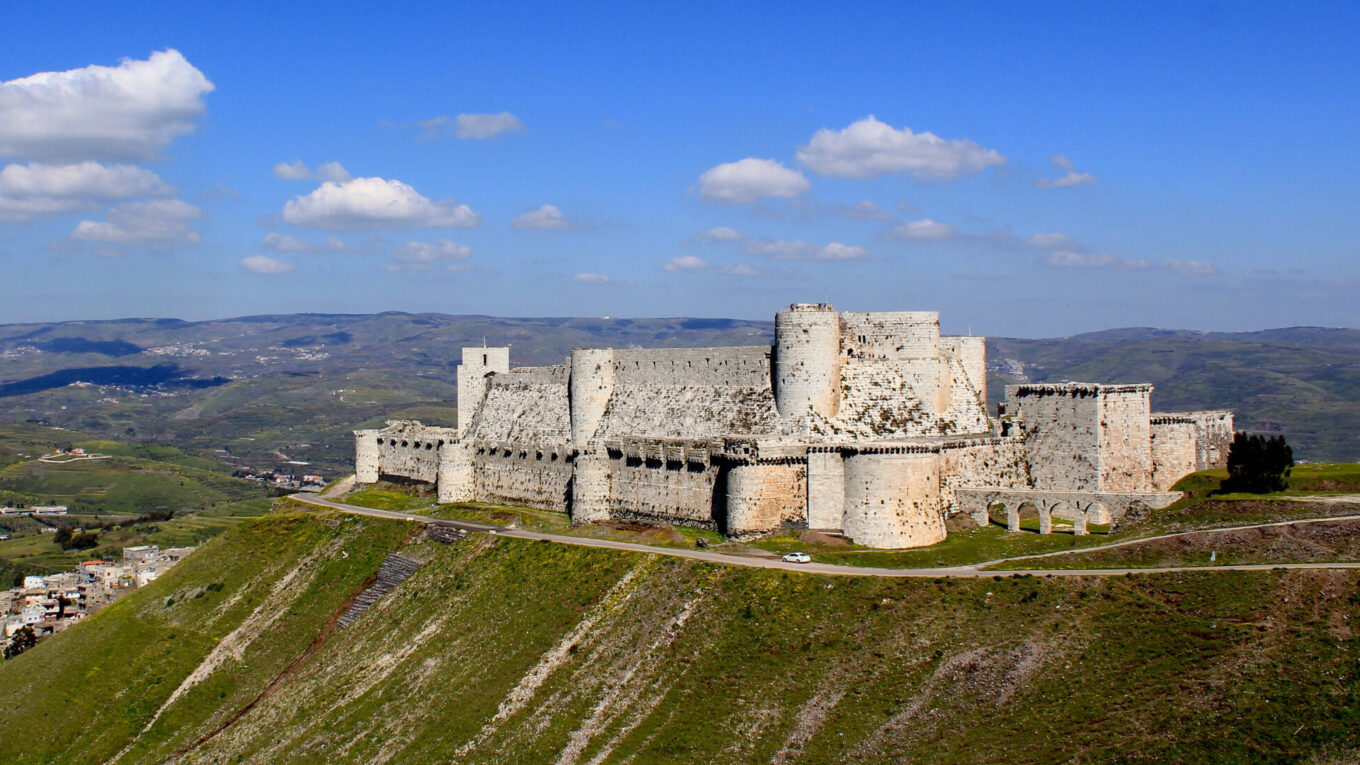World’s Strongest Castles
One of the best ways for civilizations to protect their borders and communities is with defensive fortifications. For millennia, mankind has sought shelter behind forts, moats, towers, and walls. The culmination of these defensive features eventually birthed the idea of the castle. But who built the world’s strongest castles?
Why did people stop building castles?
Up until the age of gunpowder, castles with their thick stone walls were the go-to way to create defensive positions. Unfortunately, after gunpowder and cannons, these marvels of the medieval world became obsolete, giving way to newer fortifications like the packed-earth wall and the Star Fort.
What were the strongest castles ever built?
This list will count down 30 of the world’s strongest and most impenetrable castles ever built, that somehow still survived to be visited today. We will be leaving out anything from the 19th-century Romantic Age, (such as Neuschwanstein Castle in Germany) as well as urban castles that over time turned more into regal palaces than fortifications. (such as Prague Castle, and The Kremlin in Moscow) Although these castles are magnificent in their own right, none of them are currently designed with defense in mind.
These castles are ranked from worst to first, ending with what might just be the strongest castle ever built!
30. Derawar Fort – Ahmadpur East Tehsil, Punjab, Pakistan

The Derawar Fort was originally constructed sometime in the 9th century CE. Most of the wall structure that is seen today dates from 1732. It changed hands a few times after its construction and although not the strongest castle ever built, it still proved to be a formidable fortress. It is a towering structure within the Cholistan Desert and can be seen from a great distance.
29. Acropolis of Athens – Athens, Attica, Greece

Although it is most known for its iconic buildings, such as the Parthenon, the Acropolis of Athens was a strategic fortress that was integral in the defense system of the city. Unfortunately, like the rest of Greece, the Acropolis was besieged and taken several times. The Persians, Romans, Ottomans, Venetians, and finally the modern state of Greece all successfully took over the site. All of these civilizations left their mark on the site, but today the Greeks have returned the site back to its original look.
28. Ksar of Aït Benhaddou – Aït Benhaddou, Morocco

This UNESCO-listed site is one of the best-preserved examples of traditional earthen clay construction. Dating originally from the Almoravid period in the 11th century, the site has been continuously inhabited for more than 900 years. Most of the buildings today are from the 17th century. The Ksar is made up of closely packed houses and buildings, surrounded by a defensive wall. One element that makes Aït Benhaddou particularly formidable is the fort or Kasbah, located on the steep rocky cliff above. Aït Benhaddou is regarded by many as one of the strongest castles in all of Africa.
27. Castle of the Moors – Sintra, Lisbon, Portugal
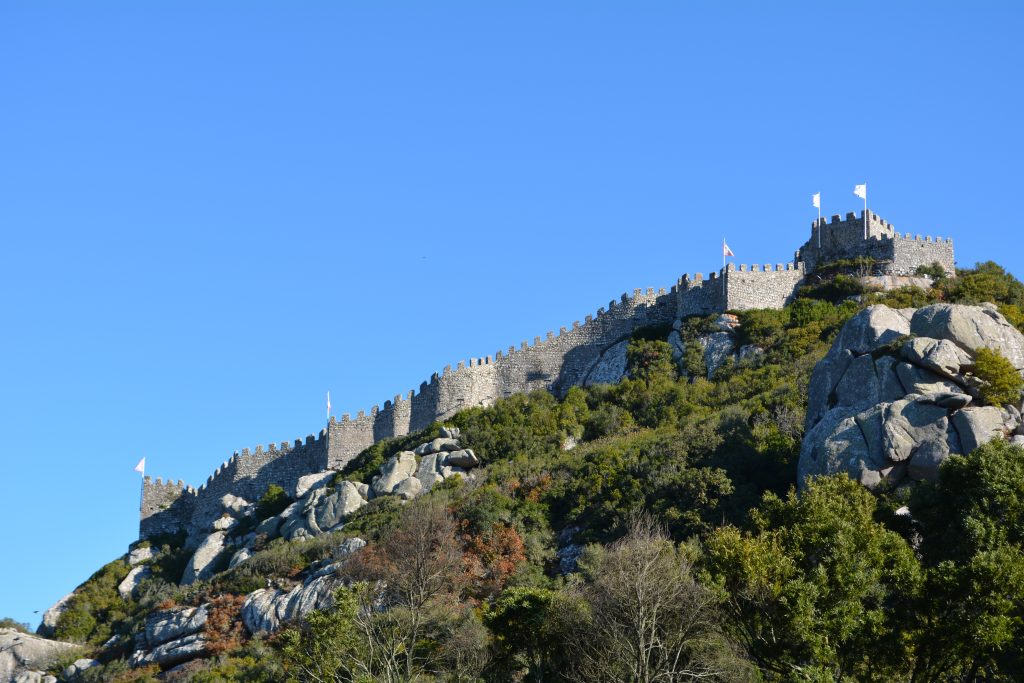
The Castle of the Moors in Sintra is one of the finest examples of Moorish Architecture on the Iberian Peninsula. Following their expansion into modern-day Spain and Portugal in the early 700s the Moors built the castle in the 8th and 9th centuries. The castle only changed hands one time during its existence in 1147. After taking the city of Lisbon the Moorish forces occupying the castle gave it over without a fight. Today The Castle of the Moors is listed as a UNESCO World Heritage Site along with several other notable buildings in Sintra.
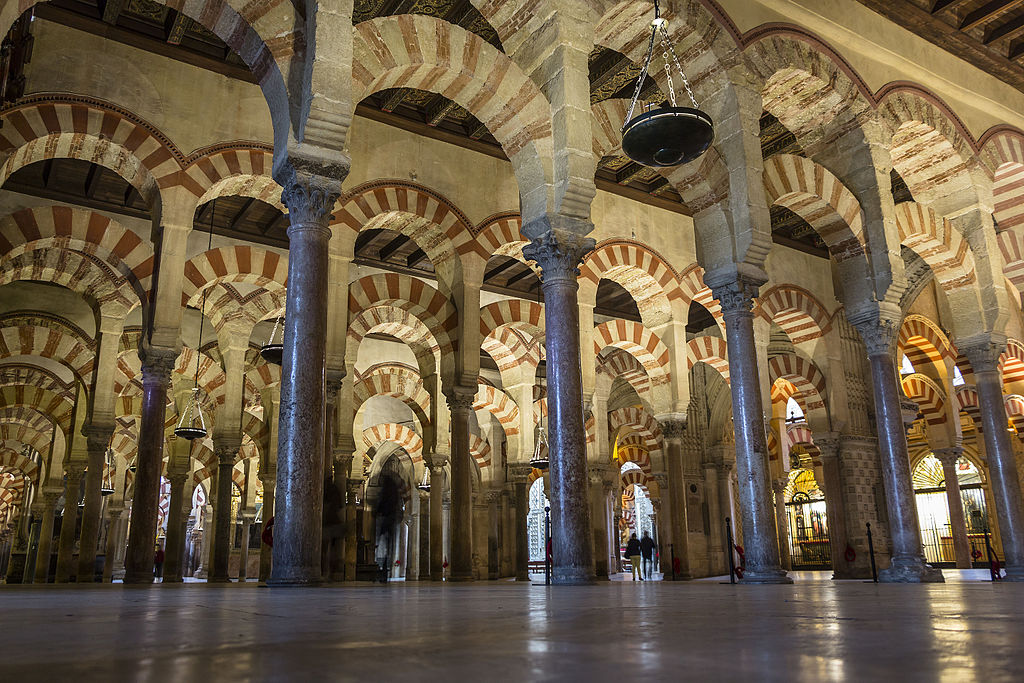
A group of Islamic invaders, known as the Moors conquered most of the Iberian Peninsula in the 8th century. Read our article, “Moorish Architecture In Spain: The Top 20 Examples” to learn more!
26. Castel Sant’Angelo and Vatican City – Vatican City and Rome, Lazio, Italy
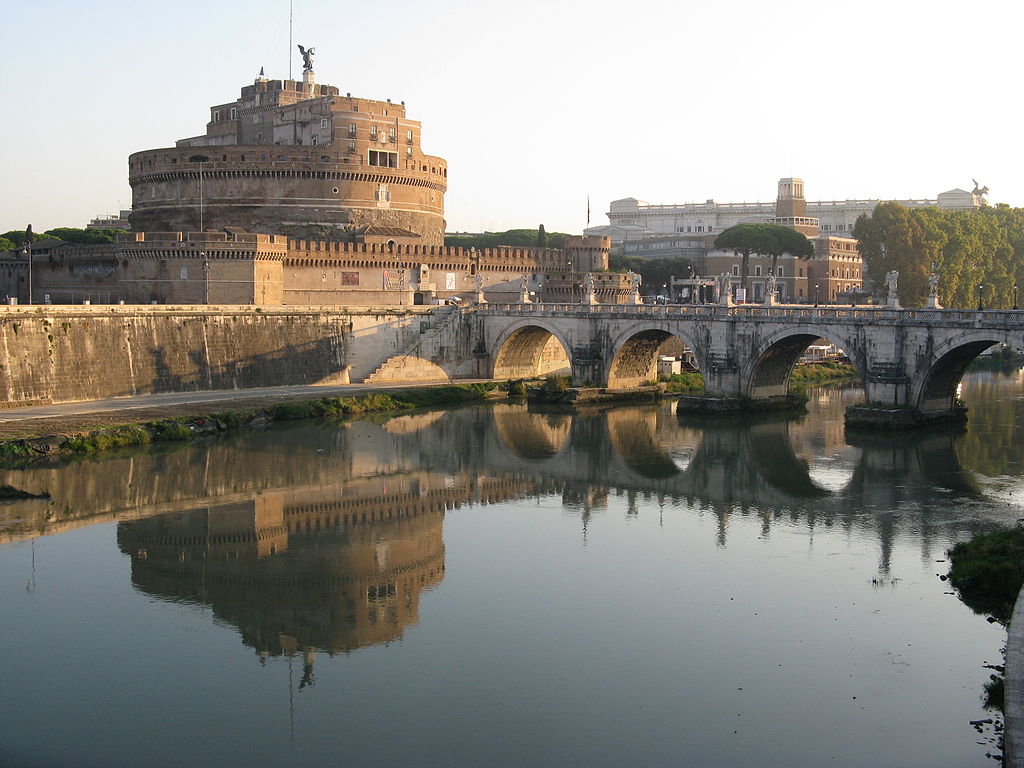
While today Vatican City is far from a fortress, that was not the case for most of its history. Today tourists from all over the globe pass through the Leonine Walls on their way to visit the Vatican’s Museum and other historic sights. But the walls which originally date from the 9th century were built to protect the treasures of the Vatican from raiders and even rival factions within Rome itself. During the times of the Papal States, the Vatican stronghold was an important part of maintaining the power of the Papacy. The adjacent Castel Sant’Angelo also was an important component of Vatican City’s fortifications. Castel Sant’Angelo is connected with The Vatican via an enclosed elevated causeway which was often utilized to protect the Pope during wartime. After the unification of Italy in the 1870s, the Popes held out within the Vatican Walls until the signing of the Lateran Treaties in 1929.
25. Cité de Carcassonne – Carcassonne, Occitanie, France
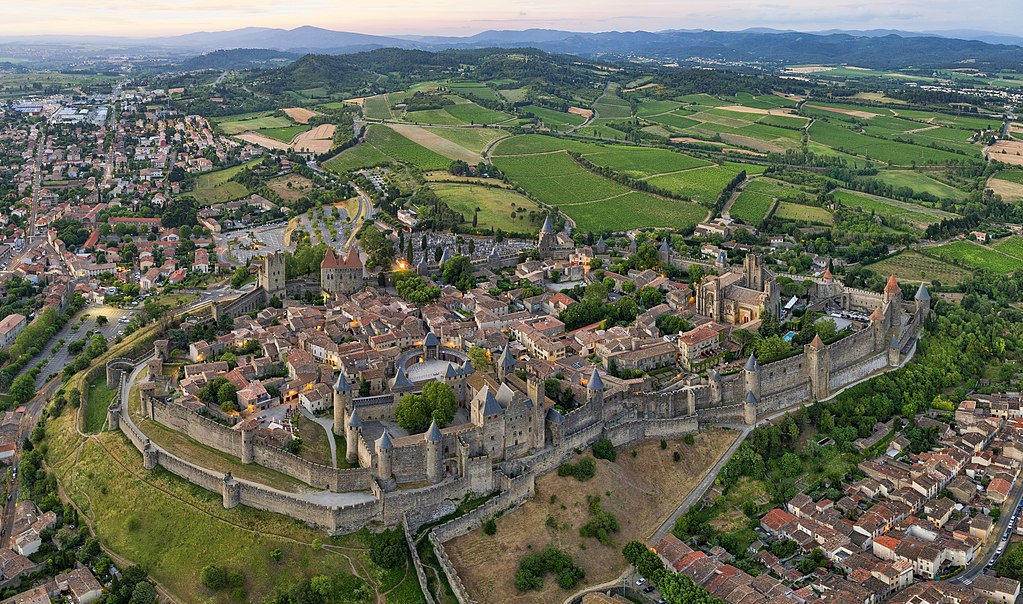
Not only is the City de Carcassonne one of the strongest castles ever built, it’s also one of the most beautiful. Carcassonne is a fortified city located in southern France. The citadel of the city, in French the Cité de Carcassonne, is a nearly impenetrable fortification from the medieval era. The structure was mainly built by three civilizations, the Romans, the Visigoths, and the French. The castle gets its more modern fairy tail-like appearance thanks to a 19th-century restoration by Eugène Viollet-Le-Duc. But, regardless of this, the walls and towers create a formidable castle that could stand up to the strongest armies.
24. Conway Castle – Conway, Wales, United Kingdom
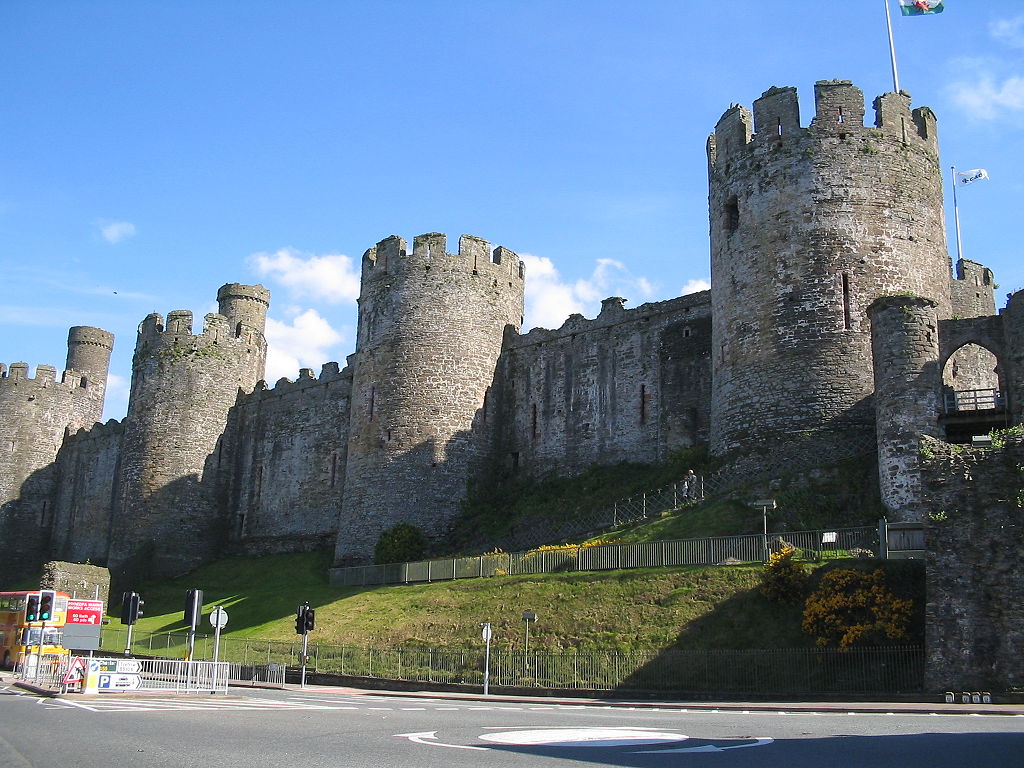
During the conquest of Wales, King Edward I decided to build several fortifications to help secure the Welsh under English Rule. One of the finest examples of these fortifications is Conway Castle (also spelled Conwy Castle). Located in North Wales, the castle was a constant target during Welsh revolts. Although the castle fell a few times in its history, it helped the English maintain control of Wales during some very turbulent times.
23. São Jorge Castle – Lisbon, Portugal
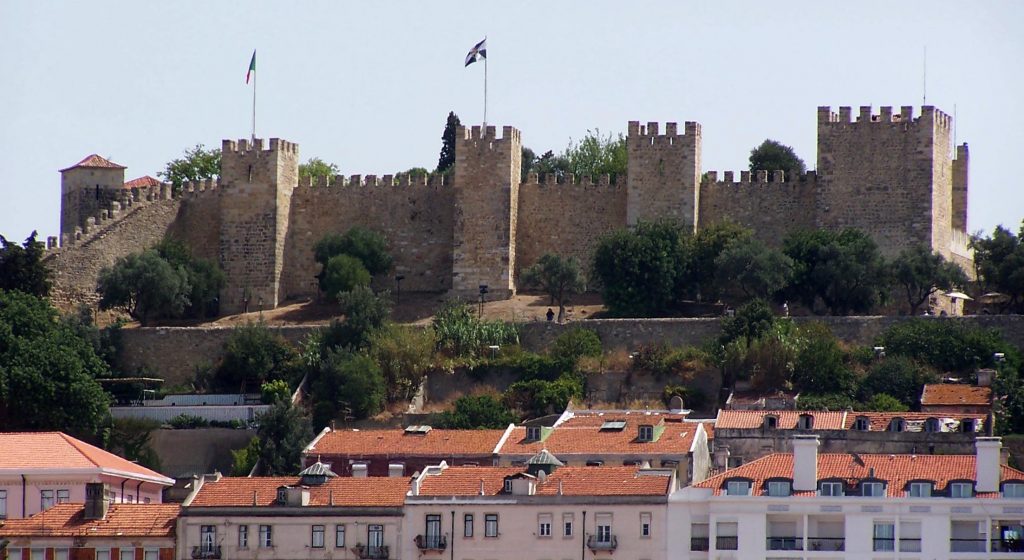
São Jorge Castle sits atop the highest point in Lisbon. There is evidence of human occupation on the hilltop dating back to the 8th century BCE. The fortifications were built largely by the Romans as well as the Moors. The castle itself only fell one time, in 1147 during the Siege of Lisbon. After a four-month siege, the castle and its inhabitants surrendered. The Portuguese Kings continued to add to the fortifications over the centuries and created an additional ring of walls and bastions surrounding the original walls. The castle was besieged several times by the Kingdom of Castile but was never taken. Without a doubt, São Jorge Castle helped contribute to Portugal’s status as an independent nation.

Interested in Lisbon? Check out our article on the Architecture of Lisbon to learn more about the city’s historic buildings!
22. Dover Castle – Dover, Kent, England

Dover Castle is often called, “the key to England” due to its high strategic value. The majority of the castle we see today dates from the 12th Century and was built by Henry II. The Castle was besieged by the French in the 13th century, but the fortifications held up and the French were unsuccessful. After gunpowder made its way into most armies, the fortifications of Dover Castle were greatly increased. Additional bastions and battery positions were added, as well as numerous underground tunnels to store troops and supplies. Even in subsequent conflicts such as WWI and WWII, the castle played an important role in the defense of Britain. Although not besieged, it was a forward-facing outpost for the British Military.
21. Kumbhalgarh – Kumbhal, Rajasthan, India
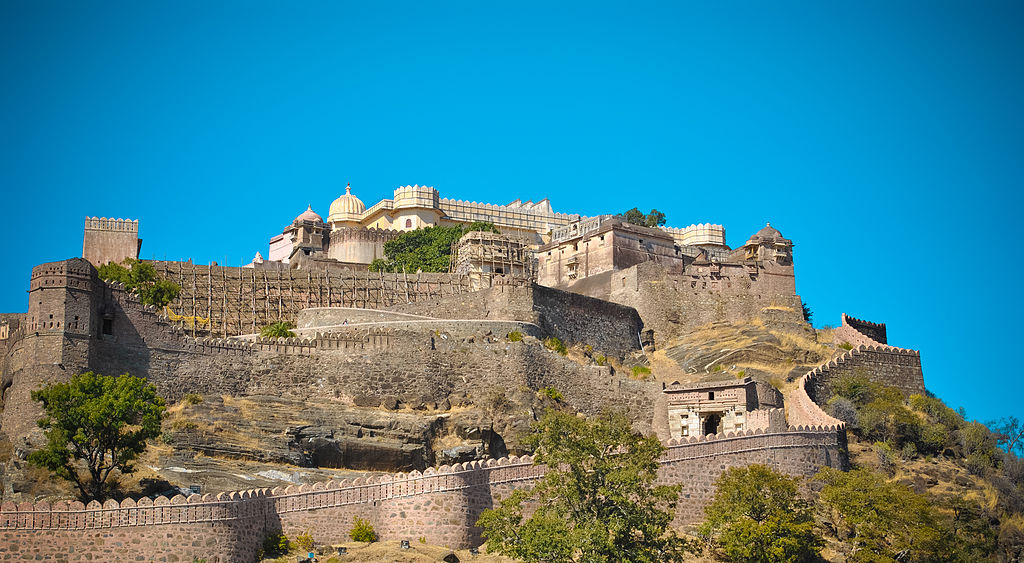
Kumbhalgarh, which translates to Kumbhal Fort, is a hilltop castle located in India’s Rajasthan region. Along with several other fortresses, Kumbhalgarh is part of a UNESCO World Heritage Site. Built during the 15th century, it is one of the largest fortresses in India. The central citadel is surrounded by several rings of walls and towers which add to the overall defenses of the castle.
20. Tower of London – London, London, England

The Tower of London was one of the original defensive fortifications built to protect the city of London. Constructed using many elements from Romanesque Architecture, the castle is perched overlooking the Thames River. The castle was instrumental in maintaining London as a powerful medieval city. It was built by William the Conqueror in 1078 CE. Throughout history, it has served a myriad of different functions, including a defensive castle, a currency mint, a jail, and currently the storage spot for the English Crown Jewels.
Like Architecture of Cities? Sign up for our mailing list to get updates on our latest articles and other information related to Architectural History.
19. Aragonese Castle Ischia – Ischia, Campania, Italy

The Aragonese Castle at Ischia is one of several Aragonese Castles that can be found throughout the Mediterranean. The Castle at Ischia, built by the Kingdom of Aragon in the mid-15th century, is a particularly strong fortification. Located on an island with steep natural cliffs, it is only connected to the mainland by a man-made causeway. Although the castle suffered severe damage during a siege by British Soldiers in the 18th century, much of the original walls and towers can still be seen today.
18. Chittorgarh Fort – Chittor, Rajasthan, India

One of the largest forts on the Indian Subcontinent, the Chittorgarh Fort originally dates from the 7th century. Although possession of the fort changed hands many times, the defenses are still highly formidable and are thought of as some of the strongest in India. Together with four other hilltop fortresses, the Chittorgarh Fort is listed as a UNESCO World Heritage Site. The fort takes advantage of a large hilltop plateau which acts as a natural barrier to invaders. Throughout history, various rulers built temples, and commemorative columns within the fort’s walls, which are frequently visited by tourists today.
17. Windsor Castle – Windsor, Berkshire, England
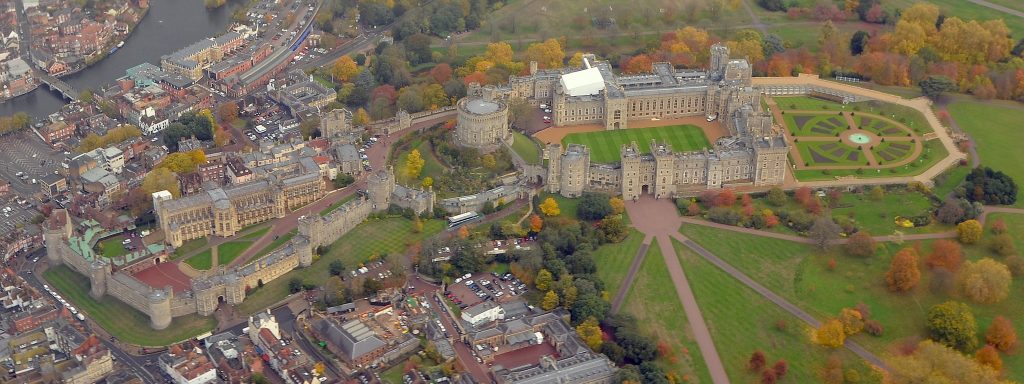
The original fortifications at Windsor Castle were built by Willian the Conqueror after his conquest of England in the 11th century. Throughout the ages, several of England’s great monarchs left their mark on the castle. Although the interiors have been drastically altered in Baroque and Rococo styles, the exterior of the castle maintains a very medieval aesthetic. Throughout history, Windsor Castle has seen a fair share of combat, particularly during the First Baron’s War and the English Civil War.
16. Rumelihisarı – Istanbul, Marmara, Turkey
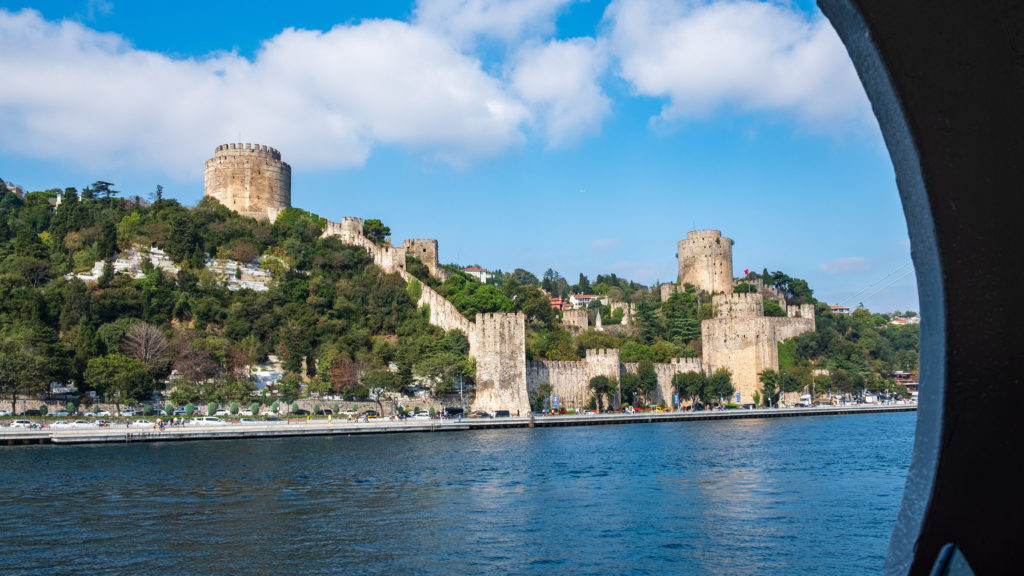
Dating from the reign of Ottoman Ruler Mehmed II, the Rumelihisarı also known as Boğazkesen Castle is a medieval castle located on the banks of the Bosphorus in modern-day Istanbul, Turkey. The castle was strategically placed along a narrow waterway, which was meant to block ships from sailing through undetected. The castle was an important element in the Ottoman siege of the Byzantine city of Constantinople. (which was later renamed Istanbul) Today the castle remains an important tourist attraction and is visited by thousands of tourists each year.

Interested in Istanbul? Check out our article on the Architecture of Istanbul to learn more about the city’s historic buildings!
15. Spiš Castle – Spišské Podhradie, Prešov, Slovakia
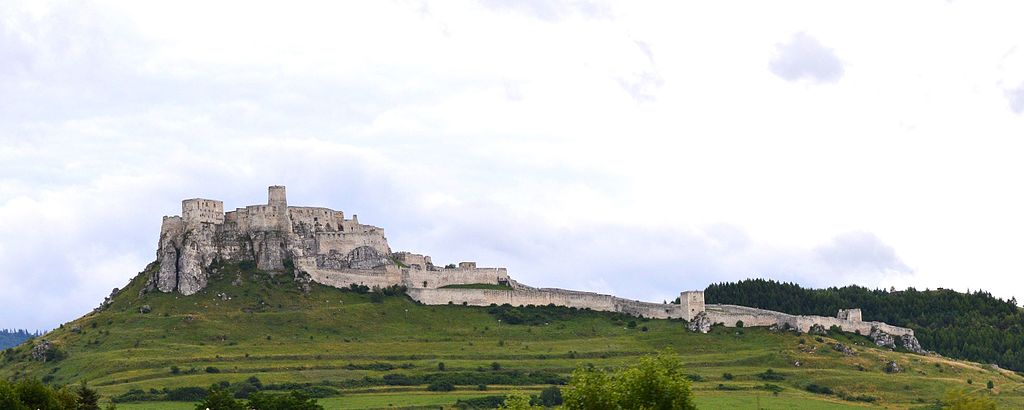
One of the largest castles in all of Europe by area, Spiš Castle is a highly formidable medieval fortress. The castle originally dates from the 12th century, on the foundation of a much earlier castle. Throughout history, it was primarily controlled by the Kingdom of Hungary. Unfortunately, after an 18th-century fire, today the castle is largely left in ruins. However, it is currently listed as a UNESCO World Heritage Site and is frequently visited by tourists in Slovakia.
14. Malbork Castle – Malbork, Pomeranian, Poland

Malbork Castle is the largest castle in the world by land area and was originally built by Knights of the Teutonic Order. Construction on the castle began in the 13th century with many of the oldest portions containing Gothic Architecture, and work continued for several centuries after that. The castle was expanded repeatedly to provide more and more living space for the soldiers garrisoned within. This expansion created a series of defensive rings with different layers of towers, moats, and walls. Malbork Castle is strategically placed on the banks of the Nogat River, which allowed it to oversee many of the ships entering and exiting Poland from the Baltic Sea.
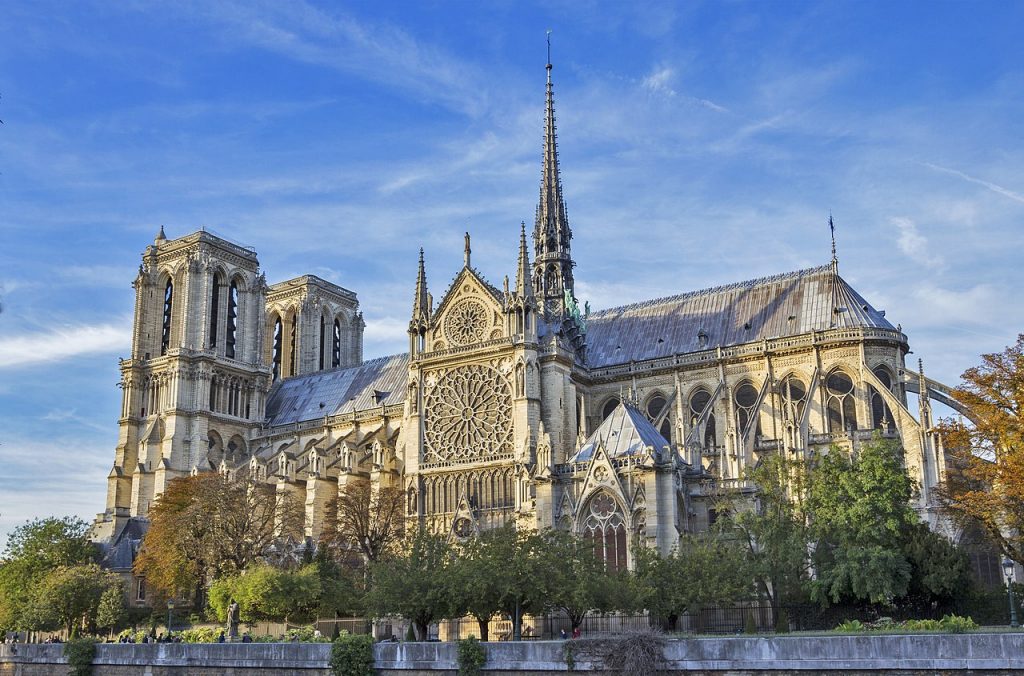
Many Medieval Castles were built using features from Gothic Architecture, check out our article, “Gothic Architecture: The Top 25 Examples” to learn more!
13. Hochosterwitz Castle – Sankt Georgen, Carinthia, Austria

Sitting on top of a massive rock over 550’ above the surrounding countryside, Hochosterwitz Castle is one of the most impenetrable castles in all of Central Europe. The fortress can be seen from over 19 miles and was controlled by various factions over the centuries, including the noble house of Carinthia and the Habsburg Family. Most of the architecture dates from the 16th century. The fortifications were greatly improved in order to protect against the constant Ottoman raids that were taking place throughout the area. The owners of the castle constructed 14 fortified gateways leading up to the castle. According to legend, attacks by the Ottomans never succeeded in getting past the fourth gate.
12. Krak des Chevaliers – Talkalakh District, Homs Governorate, Syria
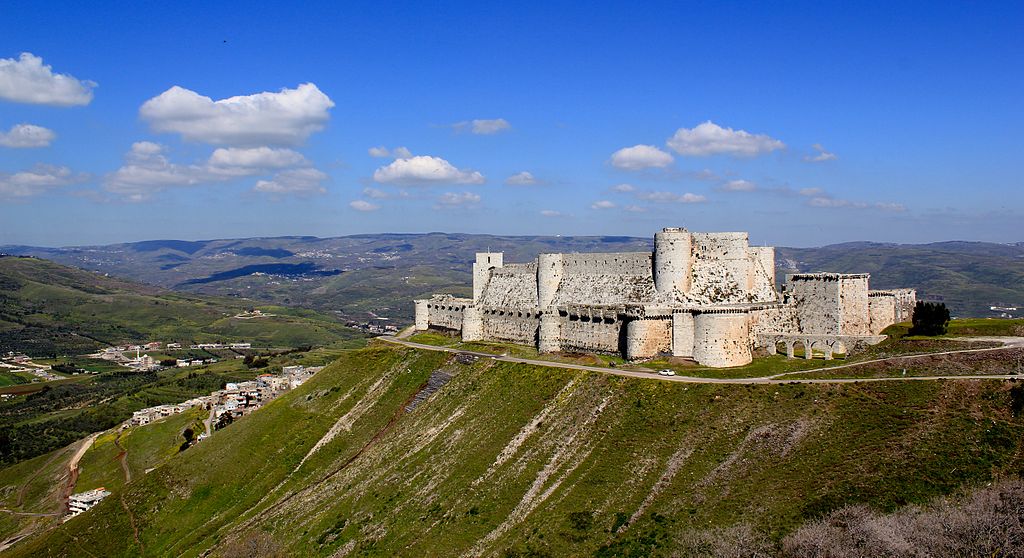
Krak de Chevaliers is one of the many great Castles of the Crusader Age. It was constructed by the Knights Hospitalier beginning in the 1140s, and it was one of the larger fortresses built by the Christian Forces within the Holy Land. Even the great Saladin acknowledged the impenetrable nature of the Krak des Chevaliers, failing to conquer it on two separate occasions. But eventually, after the power of the Crusader Kingdom’s greatly dwindled, the Egyptian Mamluks were able to besiege and conquer the castle.

The Crusades were very influential in the development of the Eastern Mediterranean, and many of the region’s most impressive fortifications were constructed during this period. Check out our article on The Castles of the Crusades to learn more!
11. Potala Palace – Lhasa, Tibet, China
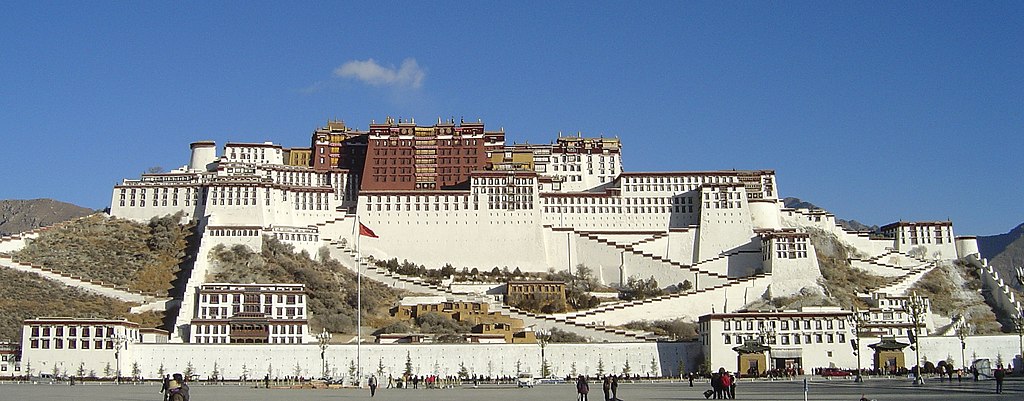
Potala Palace, while not technically built as a military fortress, is a formidable castle-like building. The defensive walls are on average more than 3 meters thick. Its design was made to protect its most notable inhabitant, the Dalai Lama. Construction on the current palace began in the late 17th century, although it was built on the site of an older building dating from the 7th century. Today Potala Palace is listed as a UNESCO World Heritage Site and is known as one of the most important buildings in all of Tibet.
10. Königstein Fortress – Königstein, Saxony, Germany

Königstein Fortress, also known as the Saxon Bastille, was used as a fortification as early as the 12th century. The strong outer walls were built by various Saxon Kings in the 16th century. Additional buildings such as gatehouses and barracks were added later on. The fortress had a strong reputation for being unconquerable. This was mostly because of its defenses, but the castle is also home to Europe’s second deepest well, which provided nearly endless drinking water for the soldiers within during a siege. Additionally, in the 18th century, a massive wine barrel that could hold more than 6,000 gallons was built within the fortress. Like many formidable castles on this list, Königstein was never attacked after the 16th-century defenses were constructed.
9. Three Towers of San Marino – Monte Titano, San Marino, San Marino
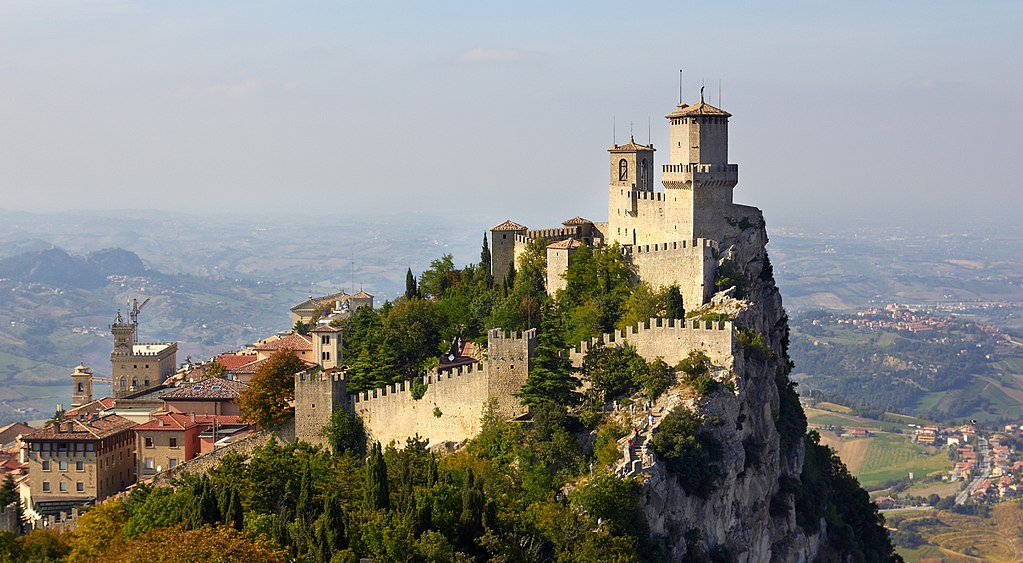
San Marino is the fifth smallest country in the world. It was able to maintain itself as an independent nation during the unification of Italy, thanks in large part to the fortifications on Monte Titano. The three towers, most notably Guaita Tower, are perched high over the land below. Dating largely from the 15th century, the three towers are now listed as part of the San Marino UNESCO World Heritage Site.
8. Masada – Arad, Southern District, Israel
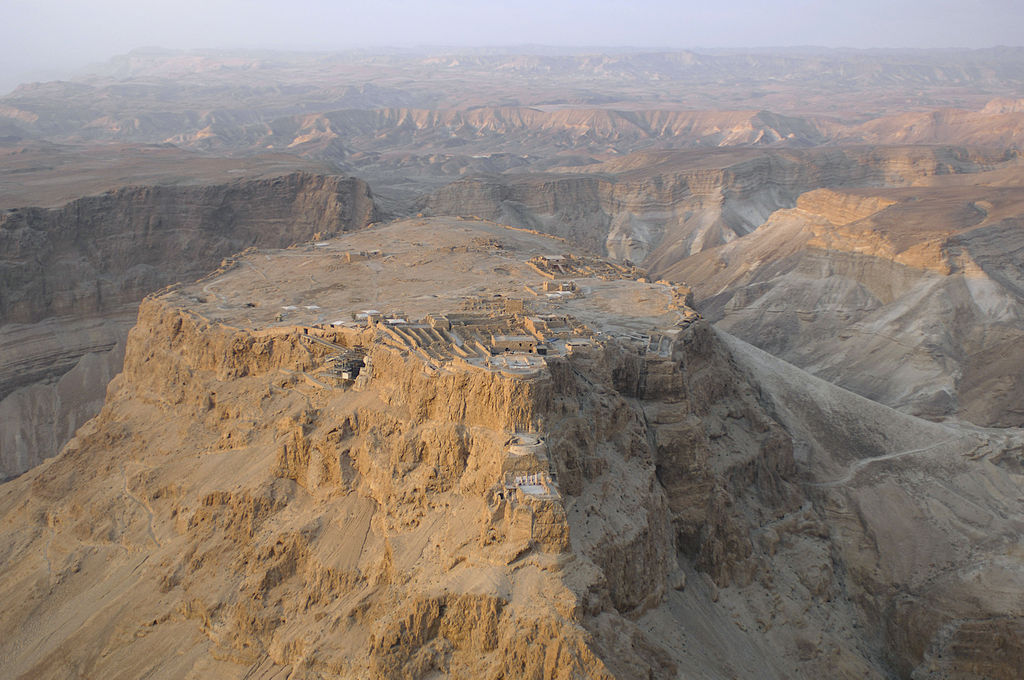
Masada is an ancient fortress that was built by Herod the Great from 37 to 31 BCE. The fortress sits on top of a rock mesa with sheer cliffs on all sides. Masada is famous for a siege that occurred from 73-74 CE during the First Jewish-Roman War. A group of nearly 1,000 Jewish rebels barricaded themselves within the castle. They held out for a time, but eventually, in order to combat the fortifications, the Romans constructed a massive earthen ramp along the side of the cliffs. They used this ramp to attack the fortress with a siege tower. According to historical accounts, upon entering Masada, the Romans were astonished to find that all of the inhabitants had committed suicide in order to evade capture.
7. Alhambra – Granada, Andalusia, Spain

With fortifications dating from the mid-13th century, the Alhambra is one of Spain’s most impenetrable castles. The majority of the walls and towers were built by members of the Nasrid Dynasty when the area was controlled by the Emirate of Granada. During the Reconquista, where the Spanish kingdoms slowly kicked the Moors out of Spain, Granada and the Alhambra remained as the final stronghold. It wasn’t until 1492 that the weakened Moorish rulers were finally defeated and the castle fell into Spanish hands. Eventually, during the late Renaissance period, the Spanish rulers built a large palace within the existing castle walls.
6. Citadel of Aleppo – Aleppo, Aleppo Governorate, Syria

Aleppo is known for being one of the oldest continually inhabited cities on earth. In the heart of the old city of Aleppo, the Citadel sits atop a large natural hill. The majority of medieval castle construction dates from the 12th and 13th centuries. However the use of the Aleppo Citadel as a military outpost dates to as early as the 3rd millennium BCE. This makes it by far the oldest castle on this list. Unfortunately, large portions of the citadel were damaged in the Syrian Civil War, but restoration works are currently in progress.
5. Mehrangarh – Jodhpur, Rajasthan, India
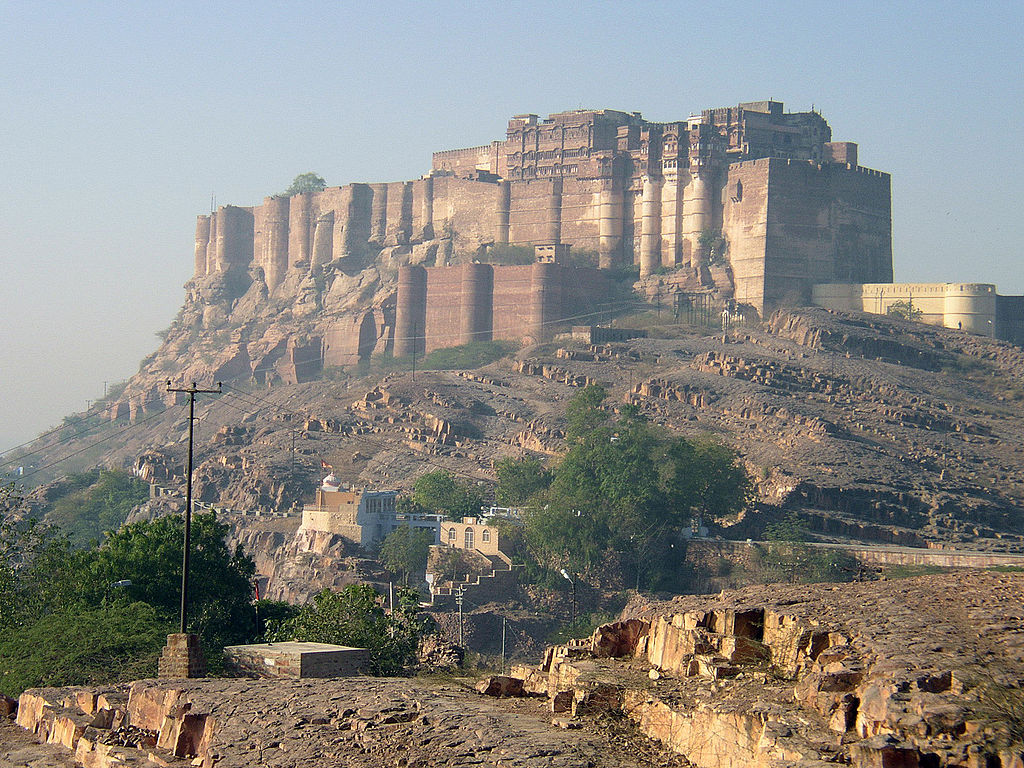
Dating from the 15th century, Mehrangarh is one of the largest forts in India. It sits on a steep-sloped hill more than 400’ over the surrounding town. The walls of the fort are up to 118’ high and 69’ thick in certain places. The only access to the fort is through a narrow winding passage that zig zags all the way up. On this path, there are seven gates. The area enclosed by the walls is filled with several palaces and notable buildings. Today the entire site is a museum and is listed as a UNESCO World Heritage Site along with several other forts in Rajasthan.
4. Hohensalzburg Fortress – Salzburg, Salzburg, Austria

Salzburg is one of the largest cities in Austria, and the name Salzburg translates to Salt Fortress. The name comes from Salzburg’s status as a powerful salt mining community. The majority of the walls and towers of the castle date from the 15th century, although the site has been a defensive fortification since the 11th century. The Hohensalzburg is one of the largest medieval castles in all of Europe. The castle was only ever besieged one time in its history in 1525. But overall it was largely avoided by attaching armies due to its formidable defenses.
3. Edinburgh Castle – Edinburgh, Edinburgh, Scotland

Edinburgh, the capital of Scotland, is home to one of the world’s most impenetrable castles. Edinburgh Castle is positioned on top of Castle Rock, giving it a commanding view over the entire city. Throughout history, it was frequently used as a royal residence, as well as a military outpost. Historical records indicate that the castle was besieged more than 25 times in its history, and it was never taken by brute force. The features of the castle that can be seen today largely date from the time after the Lang Siege from 1571-1573. The castle was heavily bombarded during this time period, and most of the walls and towers were rebuilt later on.
2. Le Mont-Saint-Michel – Le Mont-Saint-Michel, Normandy, France
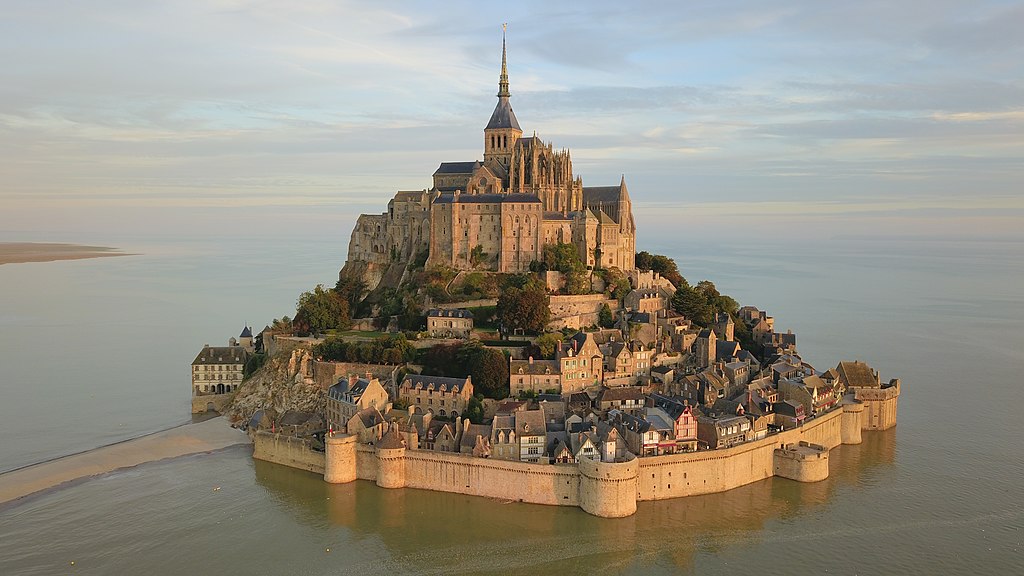
Le Mont-Saint-Michel is known for being an isolated abbey located on an island off the coast of Normandy, France. But the abbey is also one of the finest examples of medieval military architecture in all of Europe. During the tumultuous Hundred Years’ War between England and France, Le Mont-Saint-Michel did not fall once. Low tide makes the castle easily accessible on foot, but when the tide is high the abbey is completely surrounded by water. These conditions both make a typical land siege and a naval blockade nearly impossible. For this reason, Le Mont-Saint-Michel can be seen as one of the most impenetrable castles of the Middle Ages.
1. Murud-Janjira – Murud, Maharashtra, India

The Murud-Janjira is a massive island fortress located off the coast of India. The fort is completely surrounded by 40’ high walls and 19 rounded bastions. It has only one sizeable entrance large enough for multiple people and equipment to move through. Although originally inhabited in the 13th century, the main fortifications of Murud-Janjira date from the late 17th century. Within the walls, there is a well that provides a steady supply of fresh water, as well as two huge manmade lakes. The fort was besieged by several powers not native to the Indian Subcontinent, such as the British, Portuguese, and various Arabic Nations. Even the mighty British Empire was unable to completely subdue the fort during their occupation of India and therefore allowed the castle’s inhabitants to govern themselves autonomously. It wasn’t until India gained its independence in 1947 that Murud-Janjira became part of the Republic of India.
Conclusion
Although military architecture changed drastically over time as different technologies became available, castles were one of the most successful and replicated defensive fortifications of all time. Throughout Europe, Asia, and Africa, castles were an important part of history and greatly shaped the nations that exist today. The total amount of castles in the world is unknown, but this list is an attempt to list some of the world’s most impenetrable castles. A few honorable mentions that did not make this list are:
-Hohenzollern Castle in Hechingen Germany, is a 19th century Gothic Revival castle built on the site of an older medieval castle
-Sigiriya or “Lions Rock” in Dambulla Sri Lanka, which was only inhabited for about 20 years and wasn’t actually used in battle

- About the Author
- Rob Carney, the founder and lead writer for Architecture of Cities has been studying the history of architecture for over 15 years.
- He is an avid traveler and photographer, and he is passionate about buildings and building history.
- Rob has a B.S. and a Master’s degree in Architecture and has worked as an architect and engineer in the Boston area for 10 years.
Like Architecture of Cities? Sign up for our mailing list to get updates on our latest articles and other information related to Architectural History.
